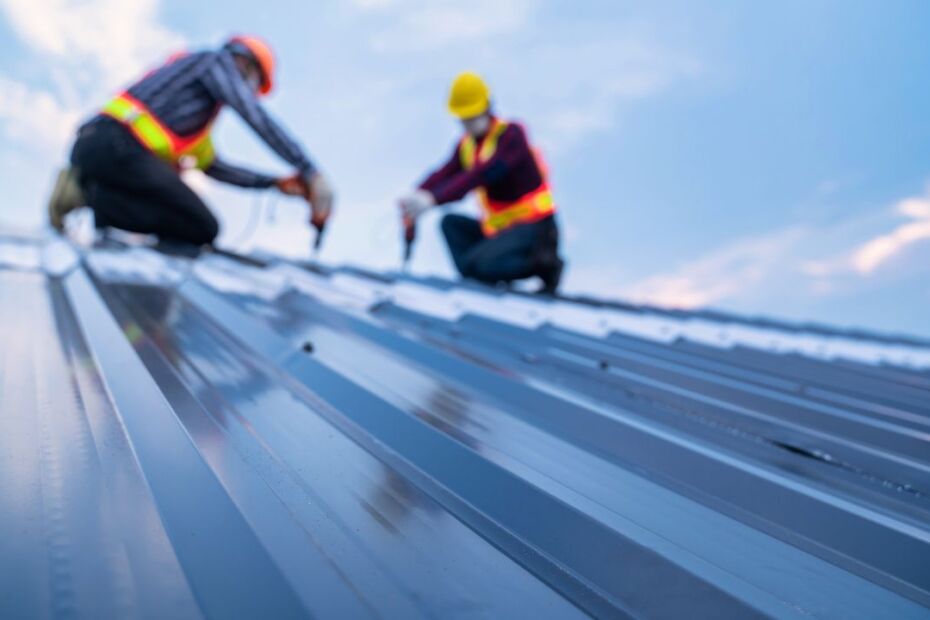If you’re unsure whether metal roofs are safe to install, you can rest assured that ample tests are in place to guarantee safety and satisfaction. Continue reading to learn about the testing standards metal roofs must pass before installation.
What’s the Purpose of Material Testing?
Buyers want to feel confident in the products they purchase, especially with something as important as the roof over their heads. Everyone should feel safe in their homes and trust the materials are secure.
Product testing is in place to ensure consumers receive high-quality roofs as advertised. A manufacturer cannot promote materials without proper testing. Testing keeps buyers safe and is an essential step before manufacturers can sell their items.
Structural Performance Tests
Rain, hail, wind, and air pressure greatly impact a roof’s integrity. The ASTM E1592 test is in place to determine the structural capacity of the metals. This test examines the metals’ ability to deflect various simulated elements and resist deformities. It applies immense air pressure to each area of the metal to examine its integrity throughout the roof.
Uplift Wind Resistance Tests
Metal roofs are praised for their incredible durability and wind resistance. Before a roofing company can install your metal roof, it must pass a few wind-resistance tests.
The Underwriters Laboratories (UL) 580 tests the roof panels, underlayment, panel clips, fasteners, and support frame. This is a pass-or-fail test completed in three sequences. The sequences include tests that supply repeated positive and negative pressure to determine if the components of the metal roof will pass.
Without these tests, the metal panels risk shifting and breaking away from other panels during extreme winds. The test ensures enhanced roofing wind resistance so the corners of the panels and underlayment are reliable even under immense pressure.
Tests for Air and Water Leaks
The ASTM E1680 test examines how air seeps through the panels, while the ASTM E1646 test analyzes the roof’s strength against water penetration.
Air pressure and the slope of the roof are two factors that can greatly impact how much air or water leaks through the panels. These tests are crucial to determine if the metal panels can withstand humidity, frequently changing air pressure, and rain.
Fire-Rating Tests
Metal roofs are popular because of their fire-resistant properties. However, the materials must undergo testing to receive this incredible qualification.
Roofing materials undergo the ASTM E108 test and the UL 790 test to guarantee the roof’s fire resistance. These tests are nearly identical. They evaluate if the fire will spread into the attic and across the metal panels and whether they avoid creating burning embers.
A Class A rating provides the highest fire protection. It will withstand a fire outbreak much longer than Class B or C. However, Class A isn’t required for all roofs. If you’re browsing the market for a metal roof, you’re likely to find materials available in Class A, B, and C ratings. Each has acceptable ratings that are guaranteed to protect your home.
Metal roofs are especially durable and safe to install. If you weren’t sold before on the reliability of these materials, hopefully now you see that metal roofs are safe and dependable.

